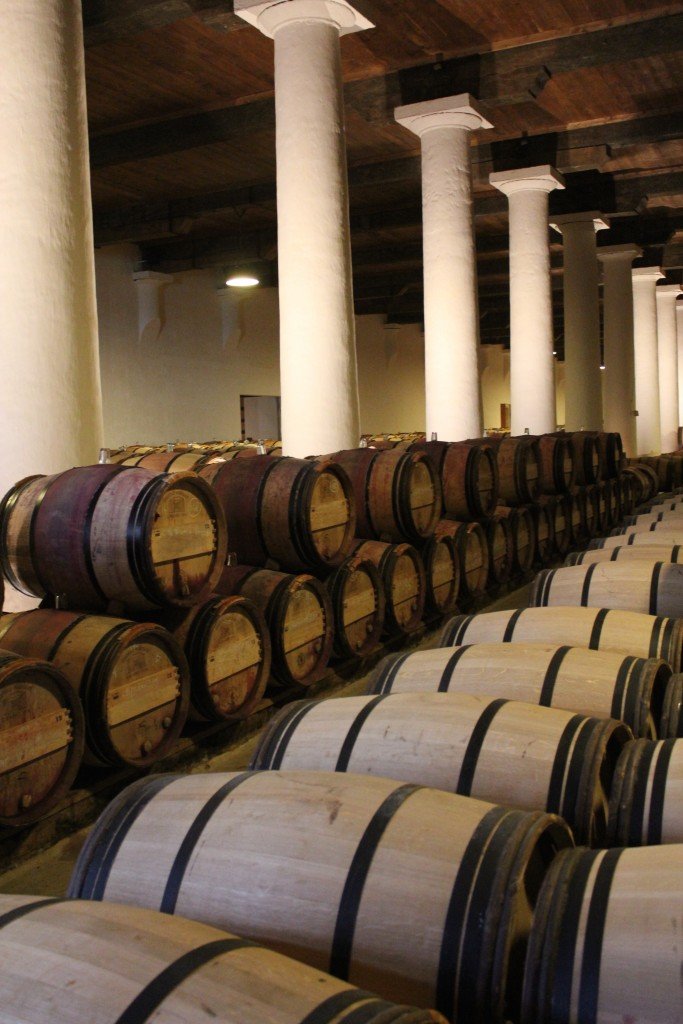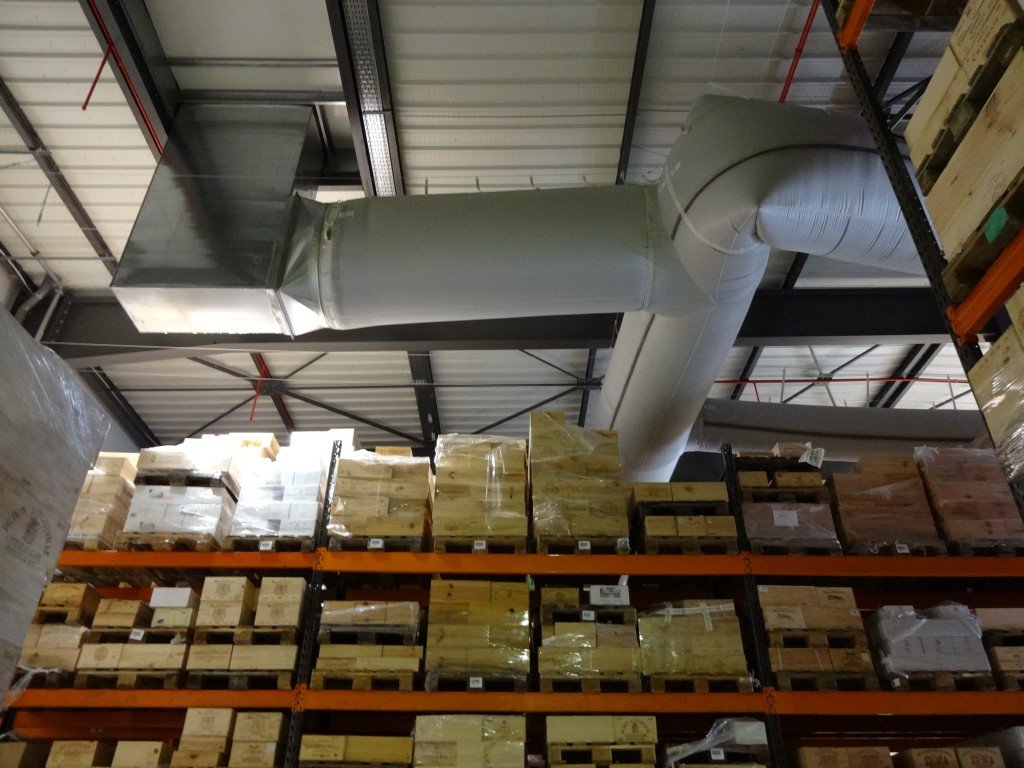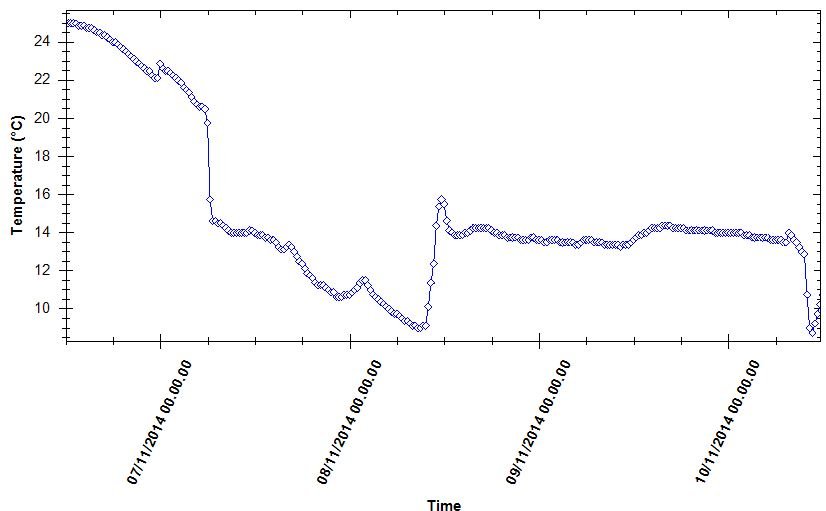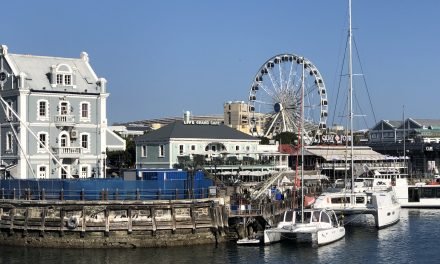
Impact of Temperature on Wine
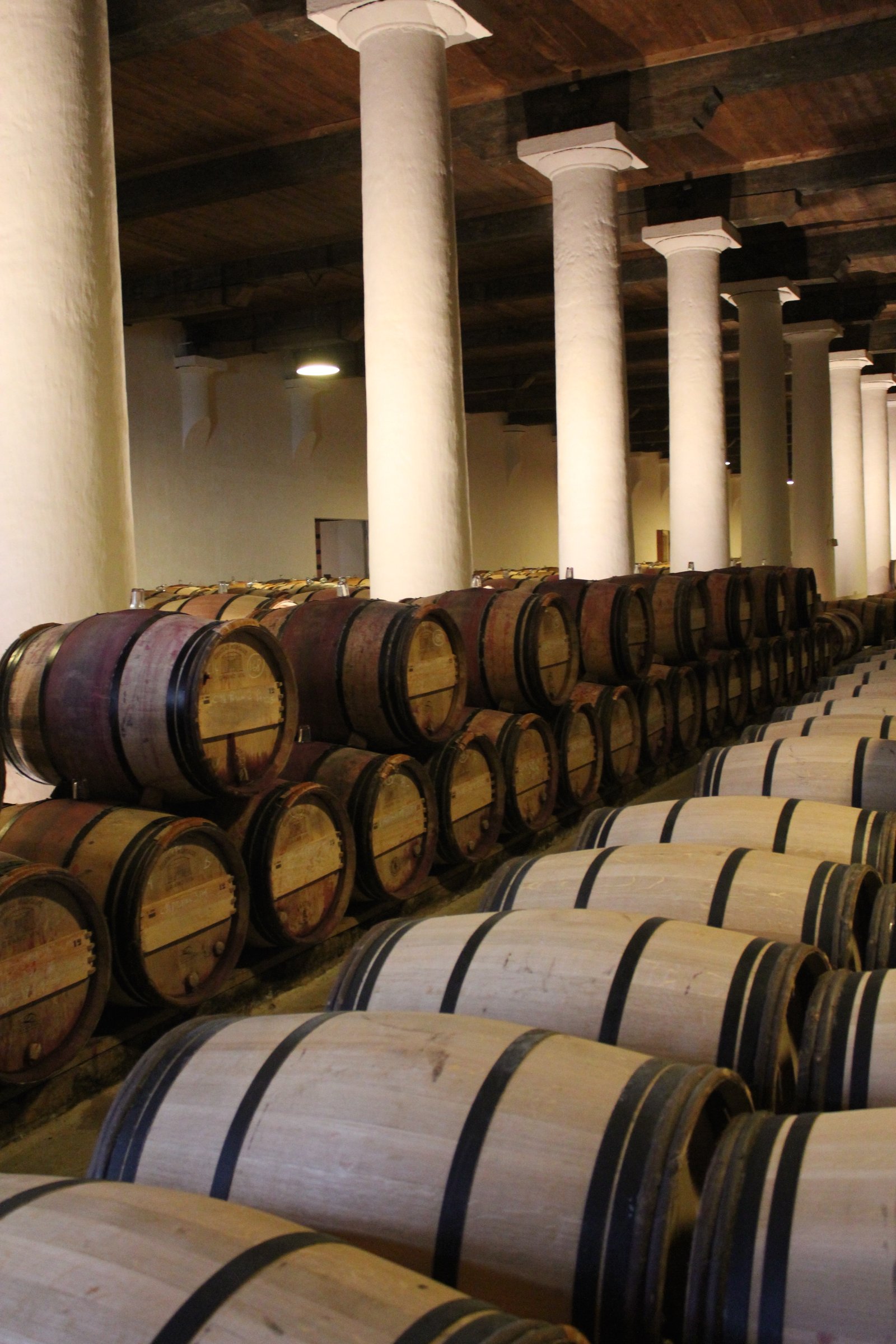
By Gabriel Matagne
In an article published in a major wine publication, Decanter, in February 2013, Christy Canterbury MW is reporting the conclusion of a study by Christian E Butzke from the Department of Food Sciences of Purdue University: “Wine is aged to allow chemical reactions to occur. At a consistent, typical cellar temperature of 13°C, they materialise gradually. At higher temperatures, the processes accelerate and at different rates.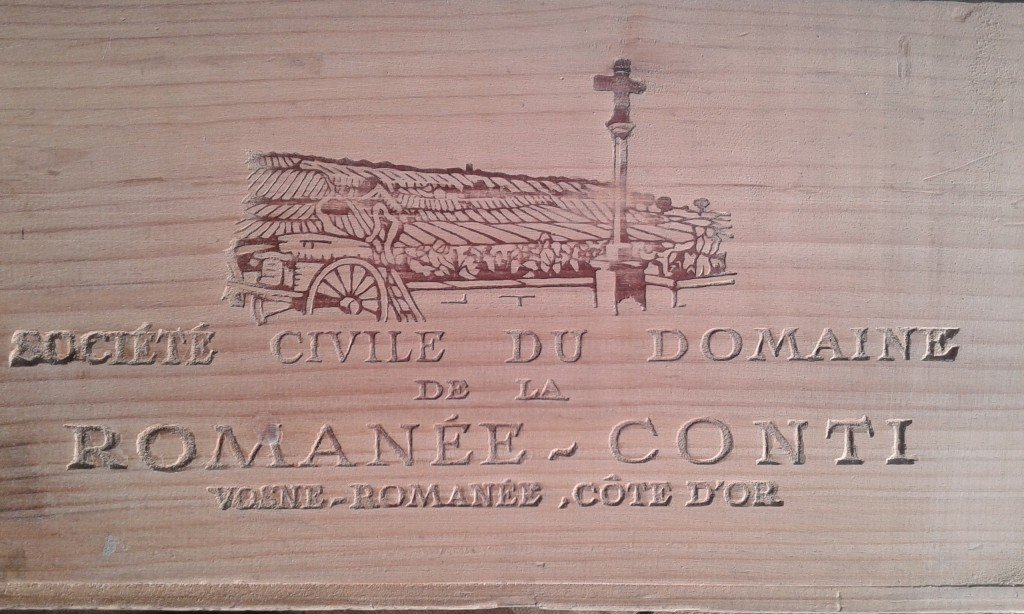
A study by Butzke shows these processes begin in earnest over 16°C. Damage includes oxidisation, browning and a change of aroma and flavour. Extremely low temperatures, assuming the wine does not freeze, can also affect aromas and flavours in the wine. Wine that has not been tartrate-stabilised may drop its (harmless) colourless crystals.
Awareness of these issues has vastly improved. Active shipping standards must be developed. Christy Canterbury addresses this in the article, Moving wine: a risky business.
About Temperature monitoring and quality preservation: Temperature monitoring is widely used in the cold chain of low value perishable products but is rarely used for wine shipping. For food safety purposes, the integrity and quality of cold chain products is a prerequisite for many food producers and traders, the article, Alarmed temperature loggers an essential for Gower View Foods looks at butter cold chain, published by “Food Processing”, numerous other example can be mentioned.
The temperature of butter, frozen chicken and ice cream is monitored but it is concerning to see that Château Pétrus, Château Haut Brion or Domaine de La Romanée-Conti and less expensive wines are not on the watch list.
Technology and cost of temperature monitoring: Monitoring temperature is simple and affordable. Sensors are using Radio Frequency Identification (RFID) others are not but they all monitor shipping and storage temperature very precisely. Two examples of temperature sensors from Thermoveritas and Eprovenance. A search on Google will reveal just how vast the offer of temperature sensor is. Temperature sensors can be purchased for less than USD 40, a fraction of the price of investment grade case of wine.
The issue of temperature transparency for fine wine: the problem of shipping cost: If low value perishable products like butter or frozen chicken can enjoy temperature controlled shipment and temperature monitoring solutions, so why can’t high value fine wine too? In an article of reference, What Happens to Your Wine en Route, written by Jancis Robinson published in the FT and on her blog in 2008, the author is revealing that most of wine shipped in the UK are shipped from France in standard trucks and not temperature controlled trucks.
Quote “I asked Chris Porter of fine wine forwarders Porter & Laker, a subsidiary of the wine shipping specialist Hillebrand, how common it was for British wine importers to use reefers or any other form of temperature-control such as their special thermo-liners, insulated units or even a thick blanket which can be quite effective and much less expensive than a reefer, which cost around £2,000 for a shipment of around 1,000 cases. He told me it was “surprisingly uncommon” even for fine wines and that his company has only a handful of requests a year for such careful treatment of even the most expensive wines.” Unquote.
Reefer in Burgundy: Temperature controlled trucks and vans are mainly used for top Burgundy wine. Producers like Domaine Leflaive among other will never allow their wine to be transported in standard trucks: merchants have no other choice but to comply. Top producers are fully aware that their reputation also depends on the type of trucks used.
Reefer in Bordeaux: Things are different in Bordeaux as there is the “négociant filter”: the producer sells to the négociant and the négociant sells to traders and merchants. Wines are generally collected by merchants/ traders at the négociant warehouse in Bordeaux. The producers are generally not aware of the type of equipment used and cannot stop non-reefer shipment from happening. The négociant cannot interfere with his client shipping decision/ quality approach.
Wine temperature transparency: It seems that exposing wine to ambient temperature during long transit is acceptable for most wine traders and merchants, it is therefore easy to see why temperature monitoring is not a priority. From a trader’s point of view, temperature transparency is more of a problem than a solution as the immediate impact of transparency will be the increase of shipping and storage cost, higher insurance cost and greater liability.
Tasting skills: Understanding the true impact of wine shipping or storage temperature on wine is a matter of tasting skills. Provided that the wine has not been exposed to extreme temperature for days or week, the product will still be drinkable. In case of minor loss of quality from 5% to 25%, would a customer with average tasting skills notice the difference on a wine he has never tasted before?
Far from the lavish wine tasting there is the cost effective and non-transparent world of wine shipping. Wine lovers/ collectors and investors paying 100% of a price should receive 100% of the quality they are paying for.
If low cost perishable can be found in your local shop there is a high probability that one day you will also receive delivery of your fine Bordeaux at the correct shipping temperature too.
Note: Author Gabriel Matagne represents Thermoveritas and uses the warehouse shown in the photo that belongs to Dartess.











